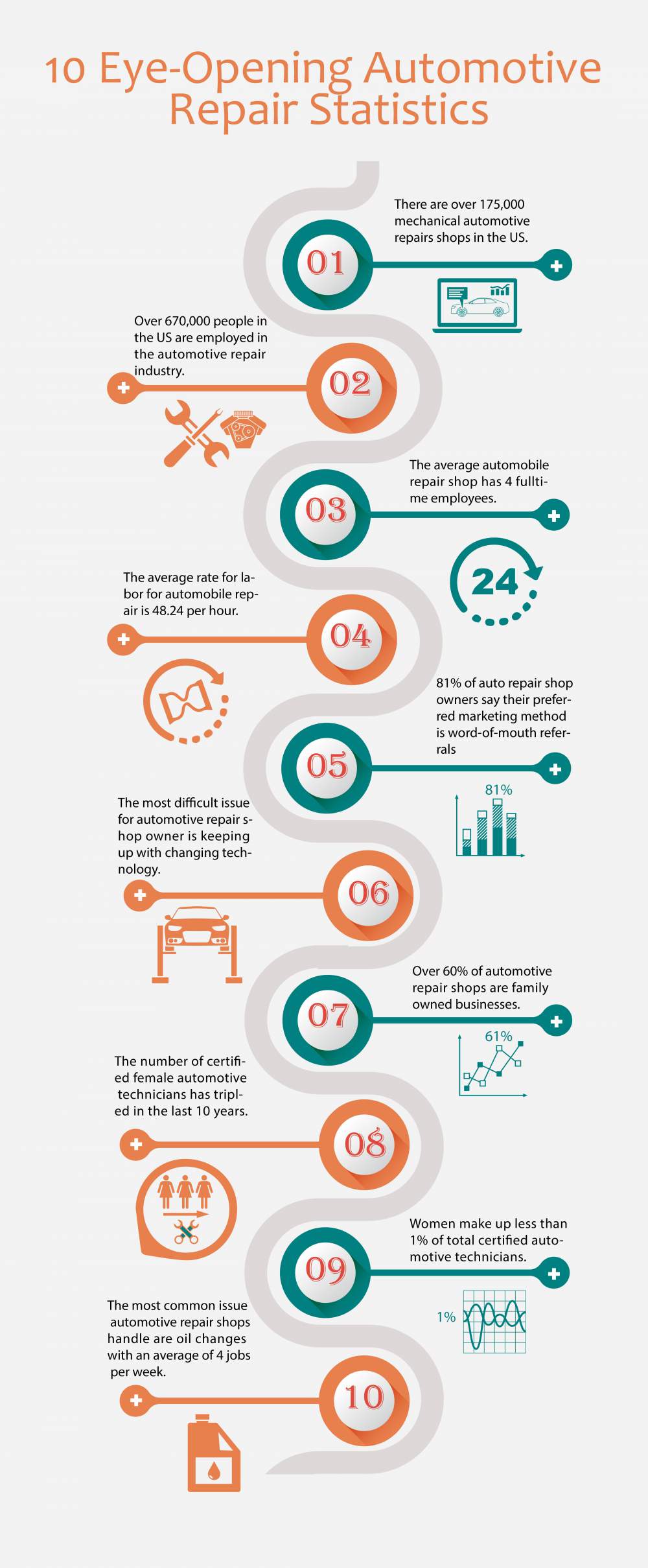Understanding Your Auto'S Caution Lights: What Do They Actually Mean?
Understanding Your Auto'S Caution Lights: What Do They Actually Mean?
Blog Article
Content Produce By-Samuelsen Gilbert
When you're behind the wheel, those glowing warning lights on your control panel can be a little bit perplexing. Do you know what they're attempting to tell you concerning your auto's wellness? Understanding the importance of these lights is crucial for your safety and security and the durability of your vehicle. So, simply click the next website following time among those lights pops up, wouldn't you intend to analyze its message accurately and take the necessary actions to address it?
Common Warning Lighting and Interpretations
Identify common warning lights in your auto and understand their meanings to make certain risk-free driving.
One of the most typical warning lights consist of the check engine light, which indicates problems with the engine or discharges system. If this light begins, it's critical to have your vehicle checked promptly.
The oil stress advising light indicates reduced oil stress, calling for immediate attention to stop engine damage.
A blinking battery light could recommend a faulty charging system, possibly leaving you stranded if not dealt with.
The tire stress monitoring system (TPMS) light informs you to low tire stress, affecting car security and fuel efficiency. Overlooking this can result in risky driving problems.
The abdominal light indicates a problem with the anti-lock braking system, jeopardizing your capability to quit swiftly in emergency situations.
Lastly, the coolant temperature alerting light warns of engine overheating, which can result in serious damage otherwise solved quickly.
Comprehending Read Significantly more will aid you resolve concerns immediately and preserve secure driving conditions.
Significance of Prompt Interest
Understanding the typical caution lights in your vehicle is only the first step; the importance of promptly addressing these cautions can't be highlighted enough to guarantee your security when driving.
When https://www.fox5atlanta.com/news/man-shot-at-clayton-county-auto-parts-store-dies-police-charge-suspect-with-murder illuminates on your control panel, it's your cars and truck's method of communicating a possible issue that requires focus. Ignoring these warnings can lead to much more severe troubles later on, compromising your safety and security and potentially costing you more out of commission.
Prompt interest to advising lights can protect against breakdowns and accidents. As an example, a blinking check engine light might indicate a misfire that, if left ignored, might cause damage to the catalytic converter. Resolving this quickly can save you from a costly repair.
Similarly, a brake system cautioning light might signal low brake fluid or used brake pads, essential components for your safety when driving.
Do It Yourself Troubleshooting Tips
If you discover a caution light on your control panel, there are a few DIY fixing suggestions you can attempt prior to seeking professional aid.
The very first step is to consult your cars and truck's guidebook to understand what the certain caution light indicates. Sometimes the concern can be as straightforward as a loosened gas cap triggering the check engine light. Tightening the gas cap may deal with the issue.
An additional typical problem is a low battery, which can trigger numerous warning lights. Inspecting the battery connections for rust and guaranteeing they're safe might take care of the problem.
If a warning light lingers, you can try resetting it by disconnecting the cars and truck's battery for a few mins and after that reconnecting it. Furthermore, checking your automobile's fluid degrees, such as oil, coolant, and brake liquid, can aid repair warning lights related to these systems.
Conclusion
Finally, comprehending your cars and truck's caution lights is vital for maintaining your car running efficiently and securely. By promptly resolving these signals and knowing what they indicate, you can stay clear of expensive repair work and possible failures.
Keep in mind to consult your auto's handbook for specific information on each cautioning light and do something about it as necessary to make sure a trouble-free driving experience.
Keep informed, stay mouse click the following post -free when traveling!
